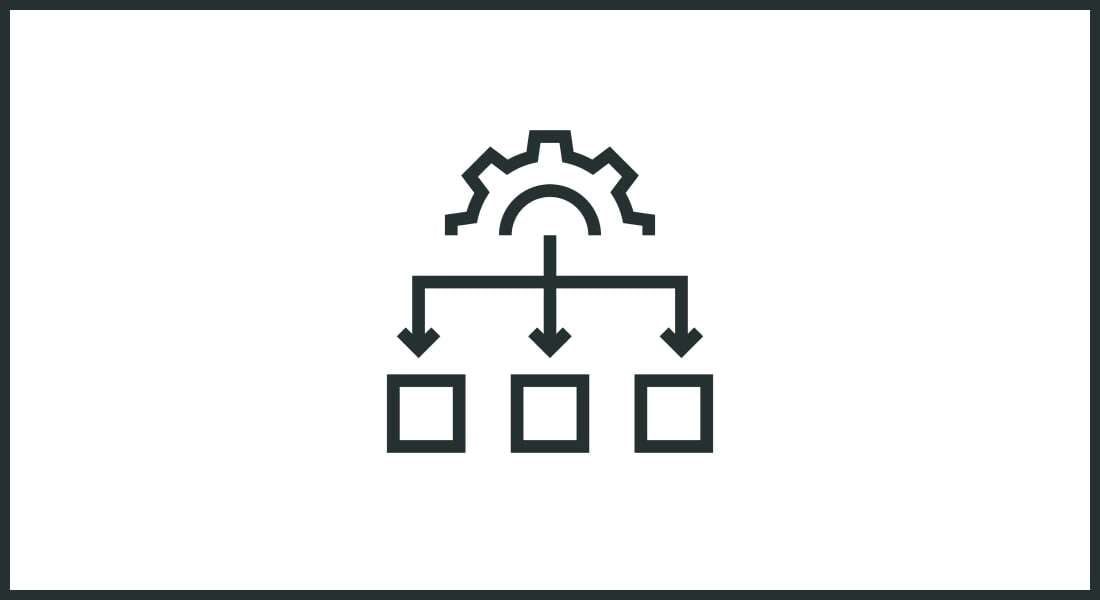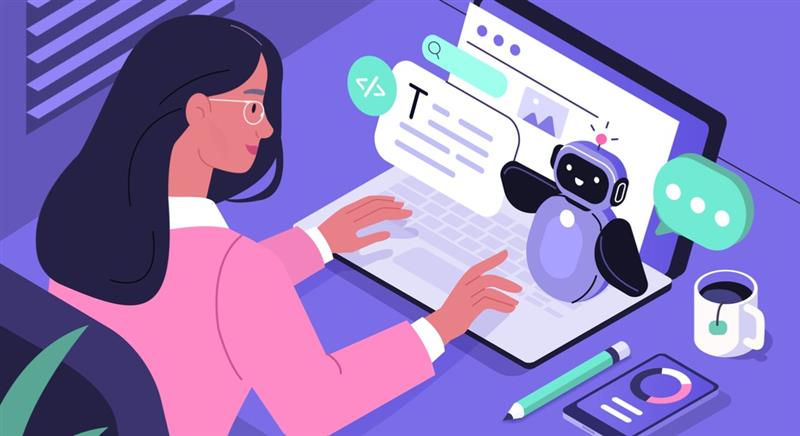Tokenization: How AI Breaks Down Language for Better Understanding

As AI continues to revolutionize industries, one of the key underlying technologies powering these advancements is tokenization. Whether you're an L&D professional developing a new learning module or an instructional designer looking to harness the power of AI for content creation, understanding tokenization is critical. This concept helps explain how AI systems, including tools such as ChatGPT, interpret and process human language to deliver the insights and content we rely on.
In this blog, we'll break down what tokenization is, why it matters, and how it can be leveraged in Learning and Development (L&D) contexts.
→ Subscribe Newsletter: The Rapid Training Energizer
Definition of Tokenization and Its Role in AI
At a fundamental level, tokenization is the process by which AI breaks down text into smaller components—called tokens. A token can be as small as a single character, a word, or even a chunk of a word, depending on the tokenization algorithm being used. This process allows AI to understand and process language more efficiently, enabling it to interpret meaning and context.
For example, when you provide a sentence to an AI model such as ChatGPT, it doesn't read the sentence in the same way a human would. Instead, it tokenizes the sentence into individual parts (tokens), which it then analyzes and processes to generate a coherent response. These tokens could be individual words like "apple," "is," and "red," or they could be smaller parts like "app" and "le," depending on the complexity of the AI model.
Why is this important? Tokens are what AI models use to make sense of language, formulating responses based on patterns learned from vast datasets. Understanding how tokens work helps you frame better queries and prompts, especially when working with AI in professional settings such as L&D.
Role of Tokenization in AI
Tokenization is the process by which AI breaks down text into smaller components called tokens. This allows AI to understand and process language more efficiently, enabling it to interpret meaning and context.
How Tokens Shape AI’s Understanding of Language
So, how exactly do tokens help shape an AI’s understanding of language? The answer lies in the way AI models, particularly those based on neural networks, process and "learn" language.
AI models are trained on massive amounts of data. During training, they learn to recognize patterns in how words and phrases are used.
Tokenization breaks down text into manageable pieces that AI models can then process and analyze for these patterns. The AI model assigns probabilities to different sequences of tokens, which helps it predict the next word in a sentence or generate a meaningful response.
Here's where tokenization becomes crucial: context. The way tokens are grouped together helps the AI model understand the context of a conversation or query. For example, the word "apple" could refer to the fruit or the tech company, depending on the other tokens (words) around it. AI uses the tokens in proximity to "apple" to interpret which meaning is appropriate.
This ability to break down complex language and infer meaning from sequences of tokens is what allows AI models to answer questions, generate human-like responses, and even write learning modules—all with impressive accuracy.
Examples of Tokenization in L&D
Now that we've covered the basics, let’s dive into how tokenization plays a role in L&D environments. Whether you're developing new training materials or using AI to assist with content creation, tokenization is at work behind the scenes, shaping how the AI processes your requests and generates responses.
1. Content Generation
When you ask an AI model to generate content—such as a training module on leadership or a quiz on compliance—tokenization helps the model interpret your request and break it down into manageable parts. The model then processes these tokens to understand the specific subject matter, the tone you're aiming for, and the format you need.
The more refined your prompt (i.e., the input you're giving to the AI), the better the AI can tokenize and process your request.
For example, you might input a prompt like: “Generate a 300-word introduction on leadership styles for a corporate training program. Focus on transformational and transactional leadership and keep the tone professional.”
The AI will break down this prompt into tokens, interpret what you're asking for, and deliver a response that matches your request.
2. Scenario-based Learning
Tokenization is also useful in scenario-based learning, where AI can generate realistic training scenarios based on your input. For instance, if you’re creating a scenario to help employees deal with workplace conflicts, tokenization helps the AI break down your instructions into tokens that it uses to create contextually relevant dialogue, situations, and responses.
For example, your prompt could be: “Create a scenario where an employee needs to mediate a conflict between two team members over project deadlines. Include options for the employee to resolve the conflict in a professional manner.”
In this case, tokenization enables the AI to interpret the key elements of your scenario—team conflict, project deadlines, resolution options—and generate appropriate content.
3. Assessment and Quiz Creation
Tokenization is also behind AI’s ability to generate quiz questions, assessments, and interactive content. If you're using AI to create a compliance assessment, for instance, tokenization helps the model understand the key compliance areas you want to focus on and create relevant questions.
For example, you could prompt: “Generate five multiple-choice questions on GDPR compliance for employees in the finance sector.”
The AI breaks this down into tokens—“GDPR,” “multiple-choice questions,” “finance sector”—and generates questions based on these tokens.
How to Optimize Prompts for Tokenization
To make the most out of tokenization, you need to craft prompts that are well-suited to AI’s processing capabilities. Here are some tips for optimizing your prompts for effective tokenization:
1. Be Specific
AI models thrive on specificity. The more specific your prompt, the better the AI will tokenize and respond to your input. For example, instead of saying “Write about leadership,” try: “Write a 300-word overview of leadership styles for new managers, focusing on transformational and transactional leadership.”
By providing more detail, you give the AI more tokens to work with, allowing it to generate more accurate and relevant content.
2. Use Clear Instructions
AI models perform better when the instructions are clear and concise. Avoid overly complex language or ambiguous terms, as these can confuse the AI during tokenization. For instance, instead of saying “Create something about workplace safety,” say “Create a 200-word guide on workplace safety protocols, focusing on fire drills and evacuation procedures.”
The Rapid Training Energizer — Newsletter
Get Access to the Best:
- Resources
- Learning Events
- Offers
- And More!
3. Define Context and Audience
Specifying the audience and context helps the AI tokenize your prompt more accurately. For example, if you're creating training content for entry-level employees, make sure to mention that in your prompt: “Write a 400-word introduction to workplace diversity for entry-level employees in retail.”
This helps the AI generate content that’s appropriately tailored to the audience and the subject matter.
4. Test and Refine
One of the most important aspects of prompt optimization is testing and refining your input. If the first response you get from the AI isn’t quite right, tweak your prompt by adding more detail or breaking it down into simpler parts. For example, if the output is too complex, you might refine your prompt by saying: “Write a simpler version of the previous response, using plain language.”
Behind the Scenes
As an L&D professional, understanding tokenization can give you a significant edge when working with AI tools. By knowing how AI models break down and process language, you can craft better prompts, generate more relevant content, and ultimately create more effective learning experiences.
Tokenization may seem like a behind-the-scenes process, but it's at the heart of how AI interprets and generates human language. As AI continues to evolve, so too will the importance of crafting clear, specific, and context-driven prompts that make the most of tokenization. By mastering this art, you'll not only enhance your use of AI tools in L&D but also unlock new possibilities for creating engaging, effective, and innovative learning experiences.




![Why Should You Explore Generative AI for L&D? [ANSWERED]](https://blog.commlabindia.com/hubfs/blogs/generative-ai-why-l%26d-teams.jpg)

